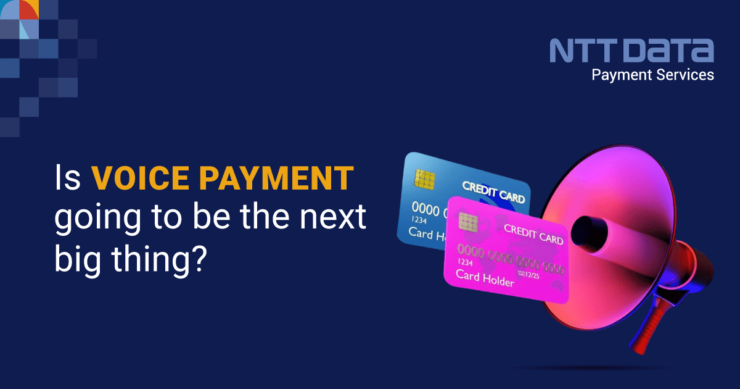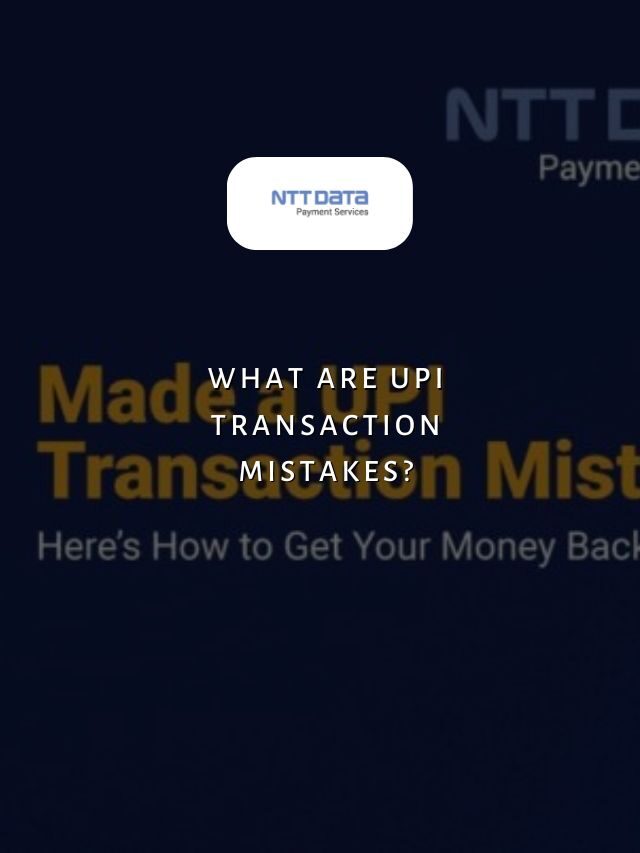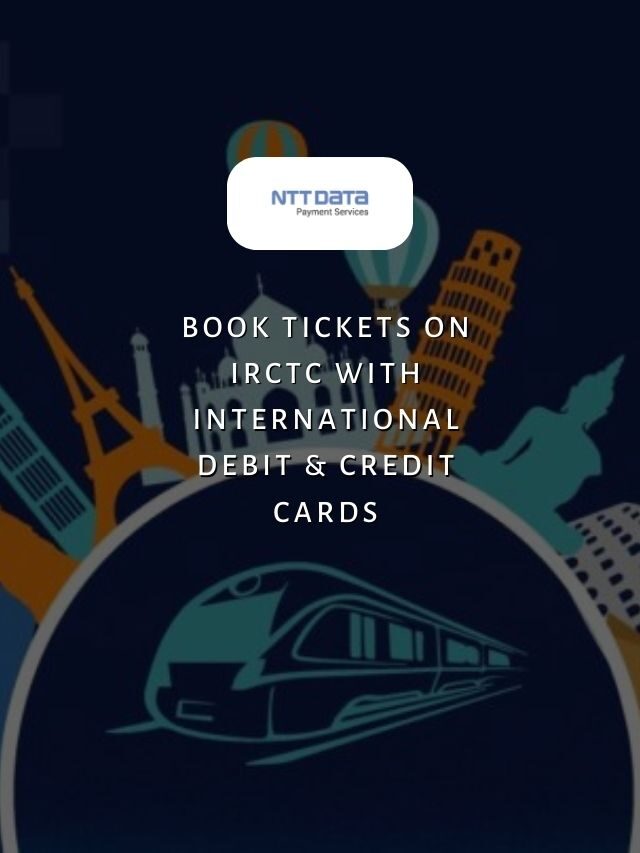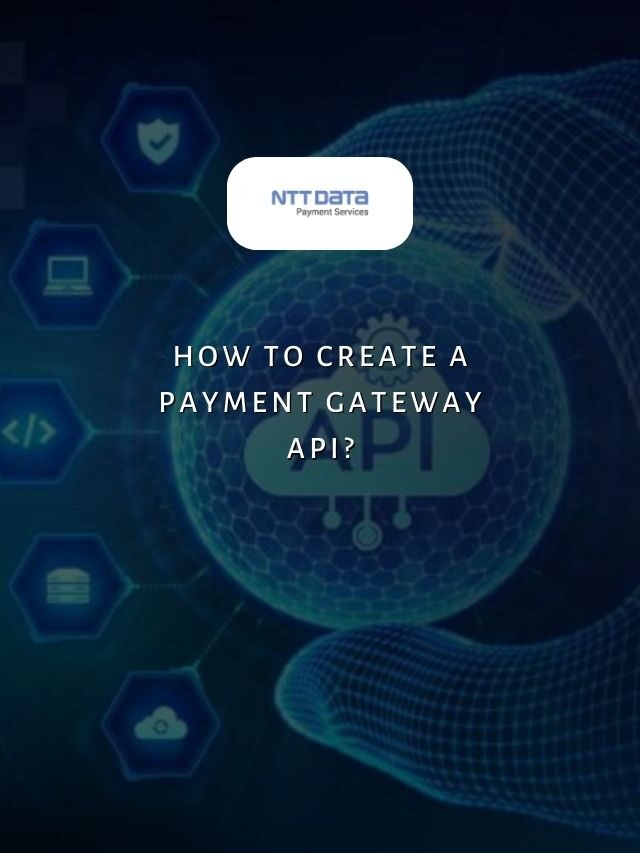
Table of Contents
- 1 How do Voice Payments Work?
- 2 Recent Web Stories
- 3 Benefits of Using Voice-Based Payments
- 4 Challenges in Using Voice Payments
- 5 Are Voice Payments Going to be the Future of Digital Payments?
- 6 Experience Seamless Digital Payments with NTT DATA Payment Services
- 7 Conclusion
- 8 Voice-Based Payments: Frequently Asked Questions (FAQs)
Are you tired of typing in your credit card information every time you make an online purchase? Well, hold on to your hats because the future of e-commerce is about to get a whole lot more vocal!
We’re talking about Voice Payments, the revolutionary technology that allows you to purchase with just the sound of your voice. It’s like having a personal shopping assistant at your beck and call! But, is Voice-Based Payments just a passing trend or is it truly on its way to becoming the next big thing in e-commerce?
In this blog post, we’ll dive deep into the exciting world of Voice Payment, from its current state to its potential for growth, and everything in between.
So, are you ready to join the voice revolution? Let’s get started!
How do Voice Payments Work?

Voice payments allow users to pay through a voice-controlled device such as a smart speaker or a smartphone. This new payment method is becoming increasingly popular as more and more people adopt voice-controlled devices.
The process of making a voice payment is relatively simple.
- First, the user must link their payment methods, such as a credit card or bank account, to the voice-controlled device.
- Once the payment method is linked, the user can purchase by simply giving a voice command to the device. For example, you can say, “Order a pizza from Domino’s” or “Pay my monthly subscription to Netflix,” and the device will process the payment.
The technology behind voice payments is based on natural language processing (NLP) and machine learning algorithms. These technologies allow the device to understand the user’s voice commands and match them appropriately.
The device can also recognize different accents and dialects, which makes it accessible to a wide range of users.
Recent Web Stories
Benefits of Using Voice-Based Payments
Of course, there are a lot of benefits to using voice payments. Some of them are
1. Convenience
Voice payments are very convenient and easy to use. Users can make a payment without manually entering their credit card information or logging in to an app. This can be especially useful for those with mobility issues or difficulty typing.
2. Faster transactions
Voice payments are faster than traditional payment methods such as cash or card. Transactions through voice payments use payment gateways india that maintain zero downtime and can be completed in seconds, allowing for a faster check-out process.
3. Hands-free
Voice payments are hands-free, allowing users to make payments without physically handling a card or cash.
4. Greater accessibility
The technology behind voice payments is based on natural language processing (NLP) and machine learning algorithms. These technologies allow the device to understand different accents and dialects, making it accessible to many users.
5. Increased customer engagement
Voice payments can be integrated with other technologies, such as virtual assistants and chatbots, increasing customer engagement and improving the overall customer experience.
6. Automation
Voice payments can be automated, which can help to streamline the payment process and reduce the need for human intervention.
7. Personalization
Voice payments can be personalized to users’ preferences, such as their preferred payment method, shipping address, and more.
Challenges in Using Voice Payments
Just like there are many benefits of using voice payments, there are also some challenges to it.
1. Technology limitations
Voice payments are still a relatively new technology and are still in the early stages of adoption. There may be limitations in the technology that can make it difficult for users to make payments or for businesses to accept them.
2. Security concerns
As with any new technology, there are security concerns around voice payments. There is a risk of fraud or hacking, and businesses and users need to be aware of these risks and take appropriate measures
3. Privacy concerns
Some people may be hesitant to use voice payments due to privacy concerns. They may need to be reassured about the collected data and how businesses and organizations use it.
4. Lack of standardization
There is currently a lack of standardization in voice payments. This can make it difficult for businesses and organizations to integrate voice payments into their systems and for users to make payments using different devices and platforms.
5. Lack of awareness
Many people may need to be made aware of the existence of voice payments or how they work. This can limit the adoption of this technology.
6. Errors
As the technology is still in development, it can be prone to errors, which can lead to declined transactions or wrong amounts charged. These errors are the reasons why online payment fails and can be frustrating for users.
Are Voice Payments Going to be the Future of Digital Payments?
Voice payments are certainly a growing trend in the world of digital payments, but it’s hard to say if they will become the future. Voice payments have some unique benefits, like ease of use, accessibility, and the ability to make payments in hands-free mode, and they are increasingly being adopted by customers and retailers alike.
However, some challenges need to be addressed, such as security and privacy concerns, the need for more sophisticated natural language processing, and the limited number of devices that support voice payments.
In addition, not everyone may be comfortable making payments using their voice, and some may prefer to use other methods, like mobile or online payments.
Overall, while voice payments may play a significant role in the future of digital payments, it is likely that they will coexist with other payment methods.
Experience Seamless Digital Payments with NTT DATA Payment Services
Many people have grown accustomed to using voice technology, such as smart assistants like Siri and Alexa. This shift has played a significant role in increasing the acceptance and usage of digital payments among the population.
NTT DATA Payment Services offers a complete payment solution to advance both your offline and online businesses from,
- Online Payment Gateway in India
- POS machines
- IVR payments
- Mobile applications, and
- Bharat QR Scan and Pay
We ensure maximum comfort, convenience, and safety for all your payments.
Conclusion
In conclusion, voice payment technology is certainly making waves in the world of e-commerce and digital payments. The convenience and accessibility of making purchases using just your voice are undeniable.
But, as with any new technology, there are still some kinks to work out. Security and privacy concerns need to be addressed, and the technology needs to become even more sophisticated to handle more complex transactions.
But, with advancements in natural language processing and the increasing adoption of voice-enabled devices, it’s clear that voice payments have a strong potential to become a major player in the digital payments landscape.
So, will voice payment be the next big thing? Only time will tell, but one thing is for certain, it’s worth keeping an ear out for.
| Also, you can get frequent updates on nttdatapayments Instagram |
Voice-Based Payments: Frequently Asked Questions (FAQs)
1. Is voice payment going to be the next big thing?
Throughout this decade, it is anticipated that the market for voice technologies will expand tremendously. Voice commerce is projected to increase to 80 million dollars by 2023.
2. What is voice-based e-commerce?
When you use a digital voice assistant like Alexa or Siri to make a purchase, this is referred to as voice commerce, also known as voice-based e-commerce.
3. What is the future of voice technology?
The future of voice technology includes increased integration in various industries and devices, such as cars and smartphones, and the development of more natural and human-like interactions.
4. What is a voice in BPO?
Voice in BPO refers to the use of telephone or voice-based communication channels for customer service, support, and other business processes outsourced to a third-party provider.
5. What does IVR stand for in banking?
IVR stands for Interactive Voice Response, it is a technology used by banks to interact with customers over the phone, it allows customers to access account information and perform transactions, like balance inquiries and fund transfers, through voice commands and phone keypad inputs.







